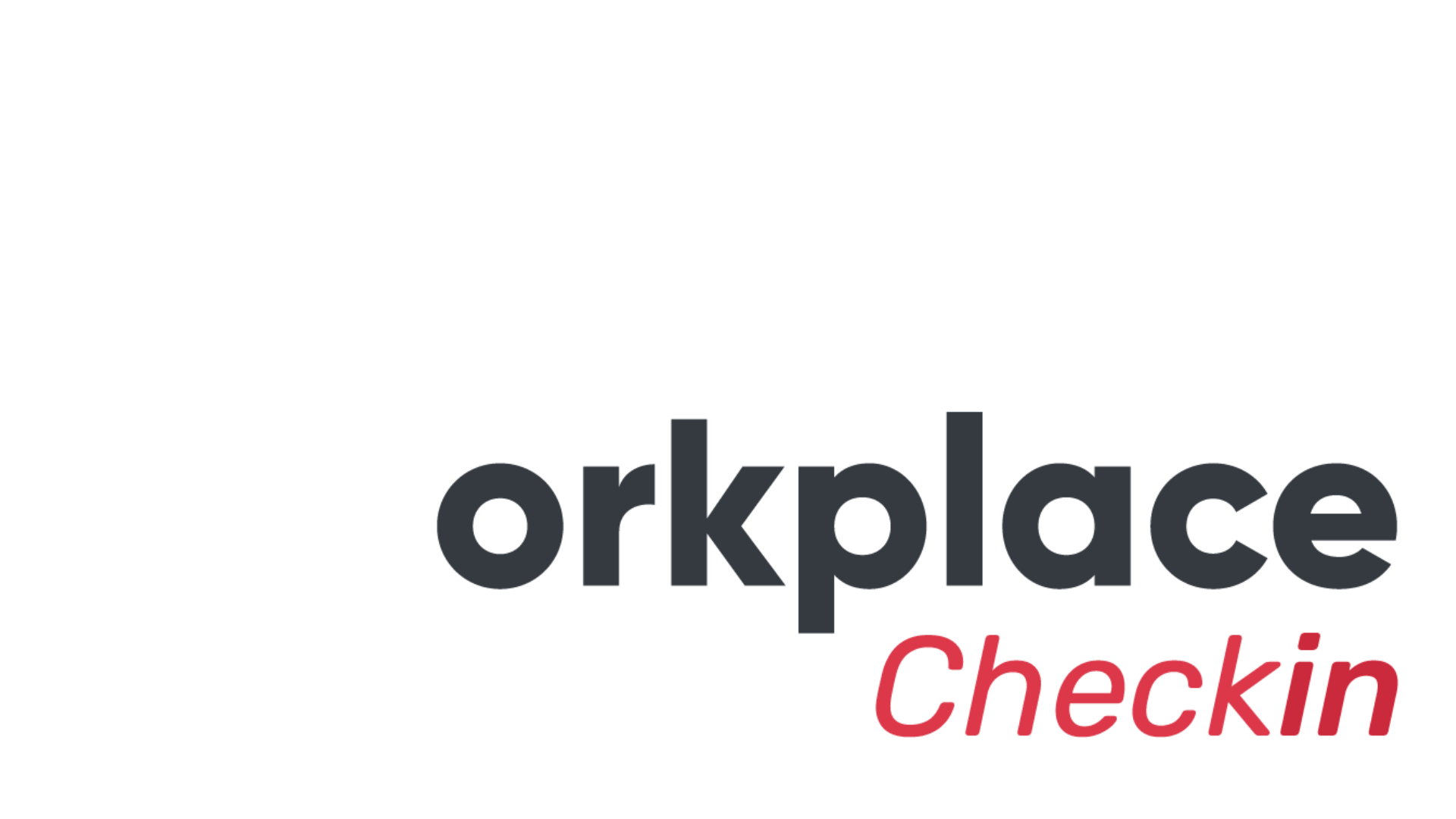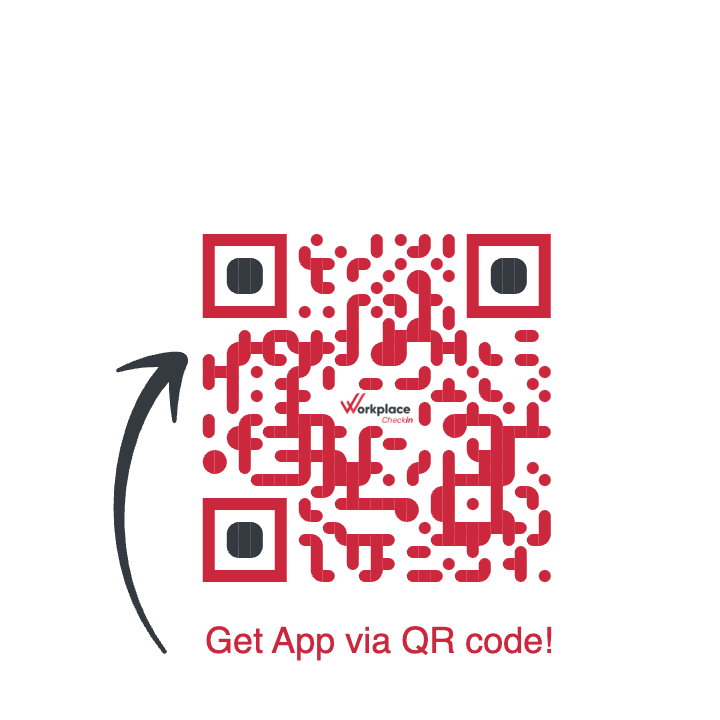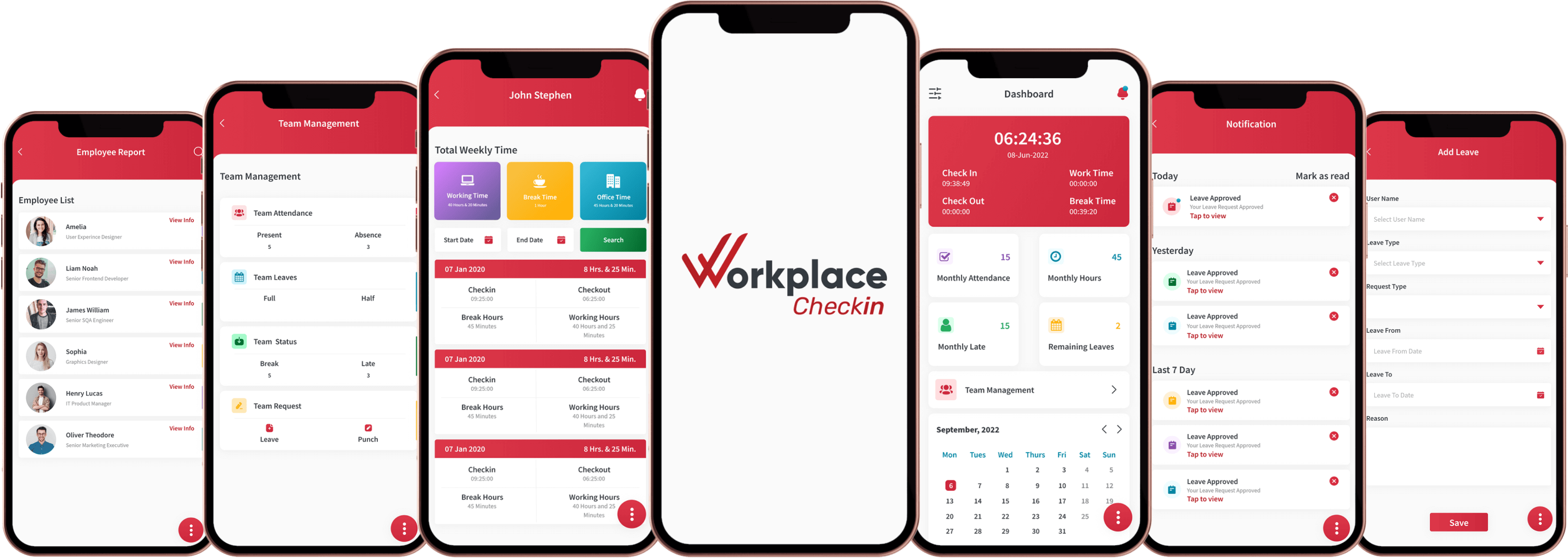

In the dynamic landscape of modern business, optimizing workflows is essential for staying competitive and maximizing efficiency. One area where significant improvements can be made is in office management. Traditional methods of tracking employee attendance and managing work schedules are becoming outdated, leading to inefficiencies and unnecessary overheads. However, with the advent of technology, particularly check-in systems, businesses now have powerful tools at their disposal to streamline operations and enhance productivity.

The Importance of Workflow Optimization
Efficient workflows are the lifeblood of any successful organization. They ensure that tasks are completed in a timely manner, resources are allocated effectively, and employees are able to work collaboratively towards common goals. In today's fast-paced work environments, where time is of the essence, optimizing workflows has become a top priority for businesses looking to stay ahead of the curve.
The Evolution of Check-In Systems
Gone are the days of manual attendance tracking and cumbersome paper-based processes. Check-in systems have evolved significantly in recent years, thanks to advancements in technology. Modern check-in systems leverage cutting-edge technologies such as biometrics, RFID, and mobile apps to provide seamless and efficient ways for employees to clock in and out of work.
Streamlining Administrative Tasks
One of the primary benefits of implementing a check-in system is the ability to streamline administrative tasks associated with managing employee attendance. With automated check-in processes, businesses can significantly reduce the time and effort spent on manual data entry and verification. This not only frees up valuable resources but also minimizes the risk of errors and inaccuracies in attendance records.
Enhanced Employee Accountability
A check-in system creates a culture of accountability within the workplace by providing clear visibility into employee attendance and punctuality. With real-time monitoring capabilities, managers can easily track employee check-ins and identify any patterns of tardiness or absenteeism. This fosters a sense of responsibility among employees and encourages them to adhere to company policies and schedules.

Improved Resource Allocation
By accurately tracking employee attendance and work hours, check-in systems enable businesses to optimize resource allocation more effectively. Managers can use attendance data to identify peak periods of activity and adjust staffing levels accordingly. This ensures that resources are allocated efficiently, minimizing downtime and maximizing productivity.
Seamless Integration with Existing Systems
Many modern check-in systems offer seamless integration with existing office management software, such as HRIS (Human Resource Information System) and payroll systems. This enables businesses to consolidate data from multiple sources and automate workflows across different departments. By eliminating silos and streamlining processes, businesses can achieve greater operational efficiency and reduce administrative overheads.
Facilitating Remote Work and Flexibility
In today's digital age, remote work and flexible schedules have become increasingly prevalent. A robust check-in system can accommodate these trends by providing remote employees with the means to log their hours and check-in from anywhere with an internet connection. This flexibility not only empowers employees to work from their preferred locations but also allows businesses to tap into a wider talent pool without geographical constraints.
Data-Driven Decision Making
Another significant advantage of check-in systems is the wealth of data they generate. By capturing detailed attendance and work hour data, these systems provide valuable insights that can inform decision-making processes. Managers can analyze trends, identify areas for improvement, and make data-driven decisions to optimize workflows and resource allocation further.

Ensuring Compliance and Security
Compliance with labor laws and regulations is a critical aspect of office management. Check-in systems help businesses maintain compliance by accurately tracking employee work hours, breaks, and overtime. Additionally, features such as biometric authentication and secure access controls enhance security and prevent unauthorized access to sensitive areas of the workplace.
Enhancing Employee Engagement
A well-implemented check-in system can also contribute to enhancing employee engagement and satisfaction. By providing employees with user-friendly tools for managing their work schedules and tracking their attendance, businesses demonstrate their commitment to employee well-being and work-life balance. This, in turn, fosters a positive work environment and promotes loyalty among employees.
Continuous Improvement and Adaptation
As technology continues to evolve, so too do check-in systems. Businesses that invest in these systems benefit from ongoing updates and improvements that keep them at the forefront of innovation. Whether it's integrating new features, enhancing user experience, or adapting to changing business needs, check-in systems enable businesses to evolve and thrive in an ever-changing landscape.
Conclusion:
The adoption of check-in systems represents a pivotal step towards modernizing and optimizing office management practices. These systems offer a comprehensive suite of tools and features designed to address the evolving needs of today's businesses, from streamlining administrative tasks to facilitating remote work and ensuring compliance with labor regulations.
By implementing a check-in system, businesses can unlock a myriad of benefits, including increased efficiency, enhanced productivity, and improved employee engagement. The automation of attendance tracking and work hour management not only saves time and resources but also minimizes the risk of errors and inaccuracies in record-keeping.
Check-in systems provide valuable insights through data-driven analytics, empowering managers to make informed decisions and drive continuous improvement initiatives. Whether it's optimizing resource allocation, identifying areas for process enhancement, or adapting to changing business needs, the wealth of data generated by these systems serves as a valuable asset for driving organizational growth and success.
Check-in systems play a crucial role in promoting a culture of accountability and transparency within the workplace. By providing employees with user-friendly tools for managing their schedules and tracking their attendance, businesses demonstrate their commitment to employee well-being and satisfaction, fostering a positive work environment conducive to productivity and innovation.
As technology continues to evolve, so too will check-in systems, offering businesses the opportunity to stay ahead of the curve and remain competitive in an ever-changing landscape. By embracing the transformative power of check-in systems, businesses can unlock their full potential, drive sustainable growth, and achieve success in the digital age.






